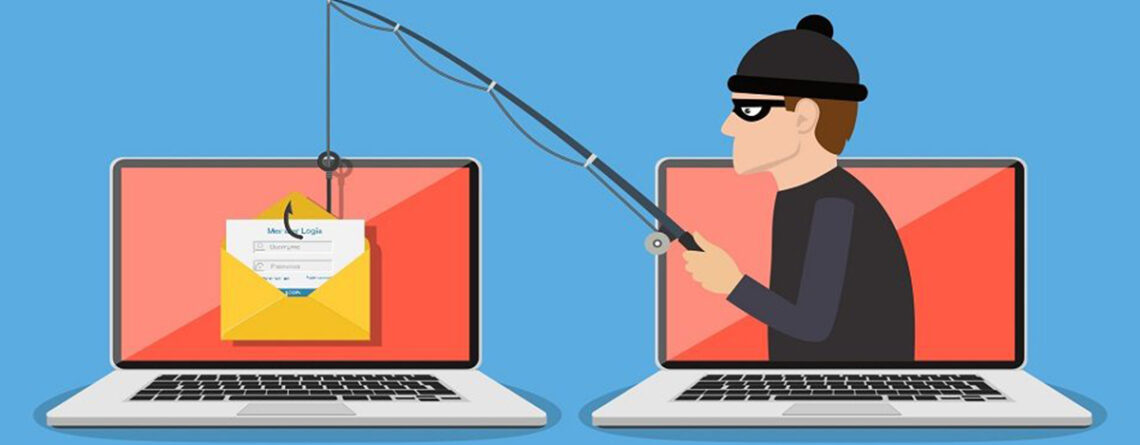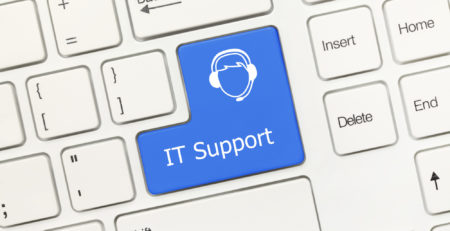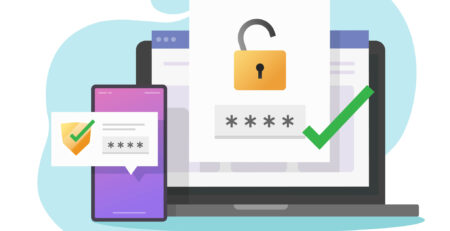Phishing Attacks and Email Spoofing: Tips for Prevention
Cyber threats such as phishing attacks and email spoofing are becoming increasingly common. These deceptive practices can lead to data breaches, identity theft, and financial loss. Here are some essential tips to help you prevent phishing attacks and email spoofing.
1. Be Cautious of Unsolicited Communications
Phishing attacks often begin with unsolicited communications, such as emails or text messages. These messages may appear to be from a legitimate organization and often urge the recipient to take immediate action, such as clicking on a link or providing personal information. Always be wary of unsolicited communications, especially those that ask for personal information or urge immediate action.
2. Check the Email Address
Email spoofing involves forging the sender’s address to make the email appear to come from a legitimate source. Always check the sender’s email address. If it looks suspicious or doesn’t match the supposed sender, it could be a spoofed email.
3. Look for Spelling and Grammar Mistakes
Phishing emails often contain spelling and grammar mistakes. Professional organizations usually have teams to ensure their communications are error-free, so mistakes may indicate a phishing attempt.
4. Verify Links Before Clicking
Phishing emails often contain links to malicious websites. Always hover over links to see the actual URL before clicking. If the URL looks suspicious or doesn’t match the linked text, it could lead to a malicious website.
5. Use Multi-Factor Authentication
Multi-factor authentication (MFA) adds an extra layer of security by requiring multiple forms of verification. It can protect your accounts even if your password is compromised.
6. Keep Your Software Up to Date
Software updates often include security patches for known vulnerabilities that phishing attacks could exploit. Keep your operating system, browser, and security software up to date to protect against these vulnerabilities.
7. Don’t Share Sensitive Information Online
Never share sensitive information, like passwords or credit card numbers, online. Legitimate organizations will never ask for this information via email or text message.
8. Report Suspected Phishing Attempts
If you suspect a phishing attempt, report it to your IT department or the appropriate authority. This can help protect others from falling victim to the same attack.
9. Educate Yourself and Your Team
Education is one of the best defenses against phishing attacks and email spoofing. Stay informed about the latest threats and learn how to recognize the signs of a phishing attempt or spoofed email.
Preventing phishing attacks and email spoofing requires vigilance and education. By following these tips, you can protect yourself and your organization from these common cyber threats.











Leave a Reply